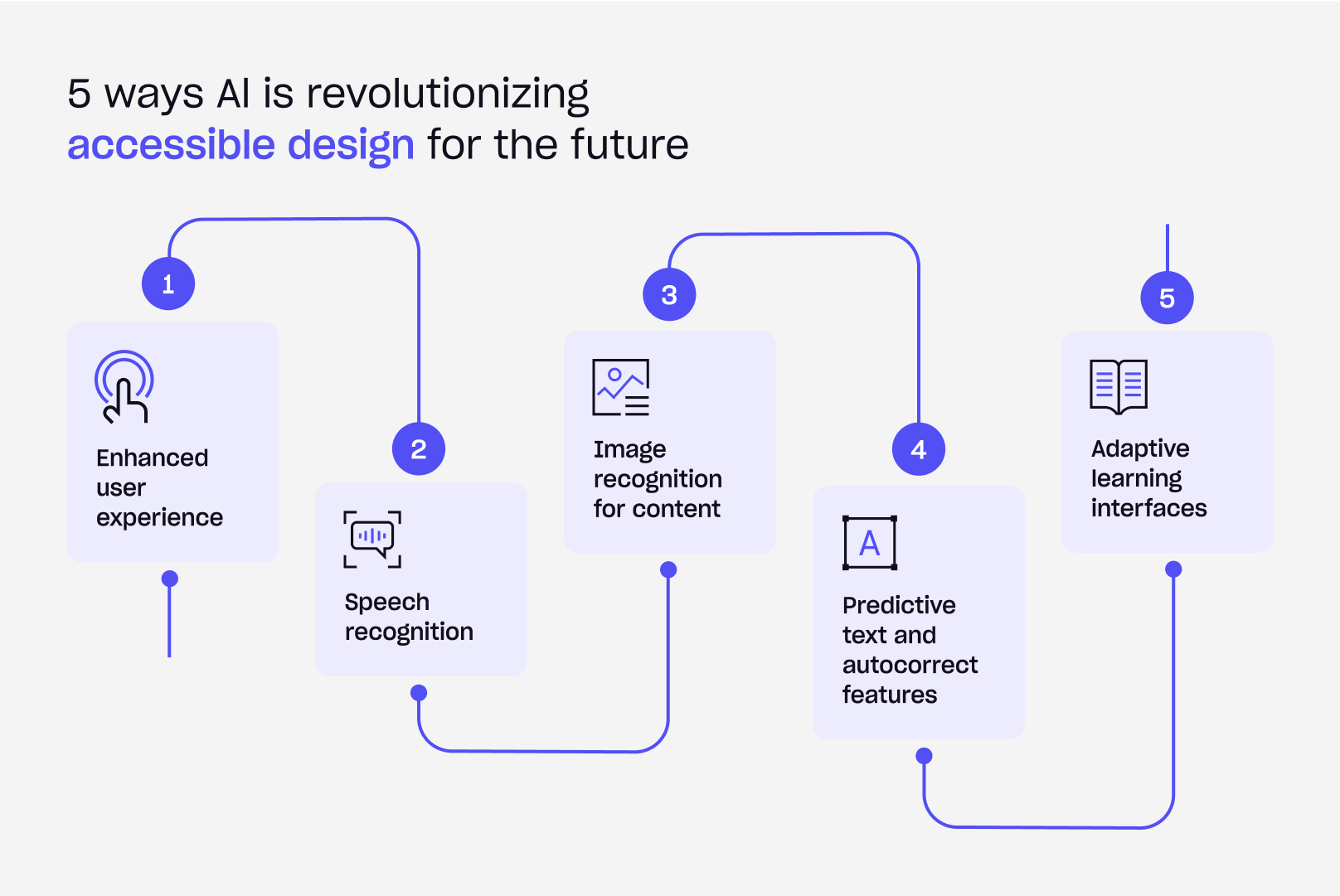Think about the last time you felt truly seen by a brand. Not just marketed to, but genuinely understood. It’s a powerful feeling, right? Well, that’s the heart of accessibility-focused marketing. It’s not a niche compliance checklist or a charitable afterthought. It’s a fundamental shift in how we communicate—a commitment to ensuring everyone, regardless of ability, can access, understand, and engage with your brand’s story.
Honestly, it’s about building a bigger table, not finding a taller fence. And in today’s world, it’s simply good business. Let’s dive in.
What This Actually Means: Beyond Ramps and Alt Text
Sure, when we hear “accessibility,” physical ramps and image alt text often come to mind. And they’re crucial! But marketing accessibility is broader. It’s about removing barriers across the entire customer journey—from that first social media ad to the unboxing experience.
It’s creating a website that someone can navigate with a screen reader. It’s producing videos with accurate, well-timed captions for the deaf and hard of hearing. It’s designing emails with clear fonts and high color contrast for those with low vision or color blindness. It’s, you know, considering cognitive load by using plain language and a logical content structure.
In essence, it’s empathy in action, translated into every pixel, word, and campaign.
The Overlooked Business Case for Inclusive Marketing
Some still see this as a “nice-to-have.” Here’s the deal: it’s a “must-have” for any brand that wants to thrive. The global community of people with disabilities is over 1.3 billion strong, representing a massive market with considerable spending power. Ignoring accessibility means consciously excluding a segment larger than the population of China.
But the benefits ripple out much further. Think about captions on social media videos. Originally for accessibility, they’re now watched by millions of people in sound-sensitive environments—on the subway, in a quiet office, scrolling in bed at night. Good design for one group often creates a better experience for everyone. This is the “curb-cut effect” in marketing.
Beyond Revenue: Trust and Loyalty
And then there’s brand perception. In an age of authenticity, consumers, especially younger ones, gravitate toward brands that demonstrate real social responsibility. When you show you care about inclusion, you build deep, unshakeable trust. You’re not just selling a product; you’re championing a value. That’s a connection that competitors can’t easily replicate.
A Practical Framework: Weaving Inclusion into Your Strategy
Okay, so how do you actually do this? It’s not about one grand gesture, but a series of intentional, integrated choices. Let’s break it down.
1. Your Digital Front Door: The Website
Your website is your home base. It must be welcoming to all. This starts with Web Content Accessibility Guidelines (WCAG). Don’t let the acronym scare you. The goals are simple: perceivable, operable, understandable, and robust.
- Alt Text for Images: Don’t just write “chart.” Describe the trend and the key takeaway. “Line graph showing a 40% increase in user engagement after implementing the new interface.”
- Keyboard Navigation: Can a user tab through your entire site without a mouse? This is essential for motor-impaired users.
- Color Contrast: Use tools to check that your text stands out sharply against its background. Never use color alone to convey meaning (e.g., “click the red button”).
- Descriptive Links: Avoid “click here.” Instead, use “read our guide on inclusive design.” It provides context for everyone.
2. Your Content and Social Media
This is where your brand’s voice comes to life. Make sure it’s a voice everyone can hear.
| Content Type | Accessibility Action | Why It Matters |
| Video | Closed captions, audio descriptions. | Engages deaf/hard of hearing and blind/low vision users. Crucial for sound-off viewing. |
| Social Media Posts | CamelCase hashtags (#InclusiveDesign not #inclusivedesign), image descriptions. | Screen readers pronounce CamelCase correctly. Descriptions paint a picture for those who can’t see the image. |
| Blogs & Emails | Clear headings, short paragraphs, plain language. | Reduces cognitive load, improves scannability for all readers, including those with dyslexia. |
3. The Human Touch: Events and Advertising
Inclusive marketing extends into the physical and conceptual world. For events, this means providing sign language interpreters, ensuring wheelchair access, and offering quiet rooms. In advertising, it means featuring people with disabilities in your campaigns—not as tokens, but as authentic representations of your customers. Show them living full, ordinary lives. Because they are.
Avoiding the Pitfalls: Authenticity is Everything
The biggest mistake? Treating this as a box-ticking exercise. Inauthenticity is glaringly obvious. You can’t just slap a caption on a video and call it a day. The commitment must be woven into your company’s DNA.
Another common pitfall is speaking for instead of with the community. Honestly, you don’t have all the answers. Hire accessibility consultants. Include people with disabilities in your user testing groups and focus groups. Listen to their feedback, and I mean really listen, even when it’s critical. Their lived experience is your most valuable resource.
And for goodness’ sake, avoid inspiration porn—portraying people with disabilities as objects of inspiration simply for existing. It’s condescending. The goal is normalization, not pedestal-placing.
The Path Forward: A Continuous Journey
Look, you won’t get it perfect on day one. No one does. Accessibility is not a destination you arrive at; it’s a direction you travel in. It’s a continuous process of learning, testing, and improving. Start with an audit of your highest-traffic web pages. Train your content team on writing plain language. Make captions non-negotiable for all new video content.
Every step you take, no matter how small, opens your brand’s world to someone new. It tells them, “You belong here.” And in a crowded, noisy marketplace, that simple, human message is the most powerful marketing there is.
Because when you design for the edges, you often create a better experience for the center, too. And that’s how you build a brand that doesn’t just exist for people, but truly includes them.


